
If you are a multi-discipline outdoors enthusiast and want just one shell to cover all bases - or even to carry just in case - the Interstellar is a great lightweight option, says Rebecca Ting
It isn't always easy to get the full Outdoor Research range in the UK, but the Interstellar is well worth seeking out. On first encounter it appears very understated. Conservatively coloured, with discreet branding and a few subtle details like an asymmetric band and a two-tone zip, it definitely doesn't flaunt its technical capabilities. It doesn't even appear to have that many features. So what is it for?
The pinnacle piece in the OR hardshell range, designed as an alpine layer that provides "versatility across different activities and seasons", the Interstellar has been causing quite a stir in North America, combining stretch, weatherproofing and breathability with an active cut and a handy pack size.
Function
Over the last five months, the Interstellar has accompanied me on the hills, cliffs and mean urban streets of the UK, ski touring in Europe and climbing in the Moroccan Anti Atlas.
Its core purpose is as an outer layer for high-output activity in changeable conditions, giving you the ability to keep the elements out without ending up a sweaty mess. Beyond this, the Interstellar has a wide comfort zone making it a flexible technical piece that will transition with you from climbing to cycling to skiing to scrambling.
Weighing in at 283g (women's medium), it is a relatively light multipurpose layer. As a big fan of pocket-stashable jackets, I was delighted to find this one is easily packed inside its own left pocket and attached via a karabiner to your harness. Being so small it also stuffs into whatever gaps are left in your alpine, day or trail pack.
Often the most useful 'go-to' layer is the one you actually have with you, and the Insterstellar's combination of size, weight and packability means it is a no-brainer to have it in any bag just in case. As a bonus, the subtle but practical detailing means it doesn't make you look over-geared cycling to work or dodging an urban downpour.
Fabric
With consumers demanding flexible layering, a fabric arms race between brands is blurring the lines to create 'hard' softshells and 'soft' hardshells. The Interstellar is a great example of the latter - a fully weatherproof jacket that also moves and breathes.
The headline here is AscentShell, OR's proprietary technology where charged nylon polymers are electrospun into a fine membrane. This is then sandwiched between a 20-denier shell exterior and a 12-denier polyester interior to create a three-layer fabric. (More geeky scientific details here).
In terms of 'hard' qualities, the Interstellar has held up to the best of British wet weather, protected against potential weak spots with taped seams and AquaGuard zips. It also cuts wind, making it a good option over a baselayer if you are on the move, and even for exposed directional wind in the mountains or sitting atop a grit edge with a wind tunnel blowing in your face as you try to bring your second up.
It is also pretty tough for such a lightweight fabric, so far resisting snagging on trees and rock, and abrasion from harness/pack straps/being thrown in and out of various bags over the five-month testing period. So far so good… still in one piece and still waterproof… It will be interesting to see whether the fabric maintains these properties after further wear, but it is significantly more robust than super lightweight (<200g) hardshells I have used in the past and OR assure me that the DWS coating is easily topped up with a Nikwax Techwash and TX Direct regime.
In terms of 'soft' qualities, the AscentShell offers excellent breathability, allowing moisture to move away from the body (providing you have your other layers right) and because it is so light, it probably stops you getting so sweaty in the first place. This is complemented by mesh-backed pockets which can be opened and used as vents (providing you have nothing in them) to release core heat. This does the trick for most activities, and was brilliant for ski touring. For those who run hot, if you are moving really fast yet need a layer to cut the wind (say fast touring in breezy spring conditions) or are in a humid climate, pit zips might increase effectiveness. However, for most people the fabric and pockets will take care of most heat transfer and you will be glad of not having the extra weight, cost and bulk of zips.
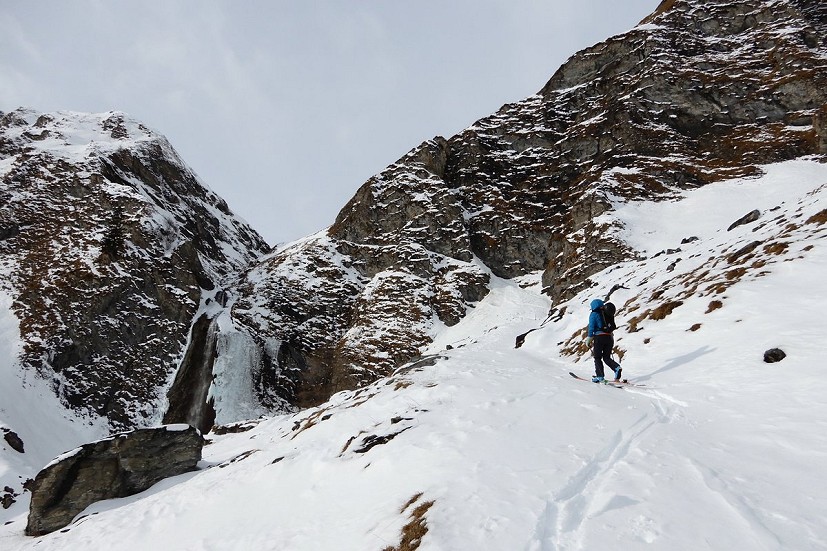
The fabric is also pretty stretchy, which combined with the active cut of the jacket results in free and unimpaired movement. For example, stretch plus underarm panels allows me full overhead reach in all climbing disciplines, even with the jacket tucked into a harness. It is also supple when twisting in downhill skiing.
Features
In keeping with its lightweight nature, the Interstellar is pretty streamlined in the features department. As a multifunction shell, it is also inevitable that specific features eg. pockets are more suited to some activities than others.
A lot of the detailing is neat and robust. For example, the zips are really really smooth and, though small, the pulls are easy to use in gloves. The cuffs are neat - both elasticated and velcro-adjusted – so the light and unbulky fabric can be tapered away to fit under gloves (even dachstein mitts).
Pockets are kept to a minimum, with two hand pockets and one chest pocket. As ever, the position of the hand pockets works for some activities and not for others. They are a good size and comfortably placed for keeping your hands in or storing stuff when moving without equipment. When wearing a pack or harness, the tops of the pockets sit above the waistbelt, but with most of the volume underneath, you might not have access to full capacity.
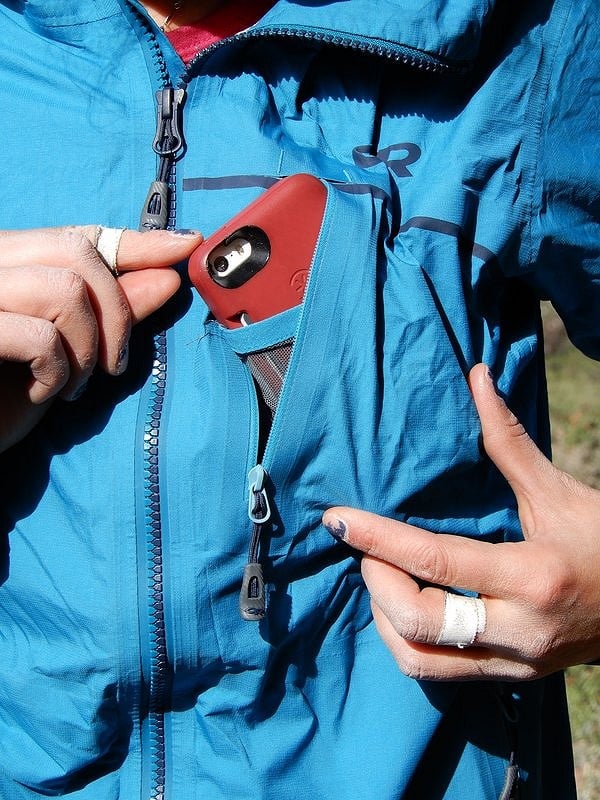
The chest pocket has a smartphone slot. It's not easy to get the average smartphone in, but the flipside is that it doesn't easily fall out – a bonus unless your approach to outdoor activity requires a constant Instagram presence!
As noted before, all pockets are mesh backed to aid breathability. On the hand pockets this allows you to use body heat to dry your gloves for winter sports and on the chest pocket it serves to prevent your phone screen from condensing up. The left hand pocket also has a key clip.
The Interstellar's wire-brimmed halo hood is great when worn without a helmet. The brim sticks out sufficiently, cinching at the sides and back provides a good seal around the face and the front storm flap rises to just below the mouth.
However, the hood is not as helmet-compatible as it might be. Though you can fit a climbing or bike helmet under it, there isn't quite enough room in the cut so it tends to work against the design strengths of the jacket. For example, with a helmet on, there isn't enough side/brim coverage to keep out rain and wind. Similarly, the helmet volume creates a vertical tension that causes the back to ride up a bit and restricts you from turning your head from side to side freely. The hood drawcord adjustment toggles are also fiddly to manipulate in winter gloves.
Fit
The Interstellar is what OR call a "trim" fit, designed to move with your body without excess fabric getting in the way. This cut works well in high-output activities in all seasons, worn either snugly over technical layering in the winter (eg. wicking base and midlayers for ski touring), or thrown on as a windbreak over a single layer (eg. cycling, trail running) without feeling too baggy. For lower intensity activities in cold conditions, you might need to consider sizing up to fit bulkier layers underneath, but to be honest, if that is your main activity you might be better off with a more conventional hardshell instead.
For someone who normally wears a size 12 in this kind of cut, a women's medium fit well. I have a long torso and often find jackets short in the body, but the dipped hem means the Interstellar feels adequately long for skiing, cycling and tucking into a harness. Width-wise it accommodates my hips and climber shoulders without being too baggy at the waist.
Summary
At £290 the Interstellar isn't cheap, and this might seem a bit steep for a hardshell that doesn't have a huge range of features. However, it is a well-cut jacket which moves beautifully during activity and the technical performance of the fabric is genuinely impressive. Granted, you can almost definitely get better individual jackets for individual activities, but if you are a multidiscipline outdoors enthusiast and want a single breathable hardshell to do a decent job at covering all bases - or even to carry just in case - the Interstellar is a great option; versatile and lightweight.
Outdoor Research say:
The lightest, most breathable hard shell with real stretch that keeps you dry without keeping you constricted. With dynamic reach underarm panels allow total mobility, above-the-harness pocket placements, and a fully adjustable helmet-compatible hood that offers versatility across different activities and seasons - the Interstellar tips the scales at 11.6 ounces without compromising on functionality. Featuring exclusive AscentShell™ technology to give you unprecedented stretch and moisture management wrapped in a completely stormproof outer layer.
- Price: £290
- Sizes: XS - XL (women) S - XXL (men)
- Weight: 283g (M)
- Fabric: Ascentshell 3L 100% nylon 20D mechanical stretch ripstop face with 100% polyester 12D backer
- Waterproof and windproof
- Air permeable and breathable
- Movement-mirroring stretch
- Laminated construction with fully taped seams
- Fully adjustable helmet compatible, wire-brimmed halo hood
- YKK® AquaGuard® and AquaGuard® Vislon zippers
- Internal front storm-flap
- Stuffs into own pocket
- Dynamic reach underarm panels
- Hook/loop cuff closures
- Zip chest and hand pockets
For more info see Outdoor Research.





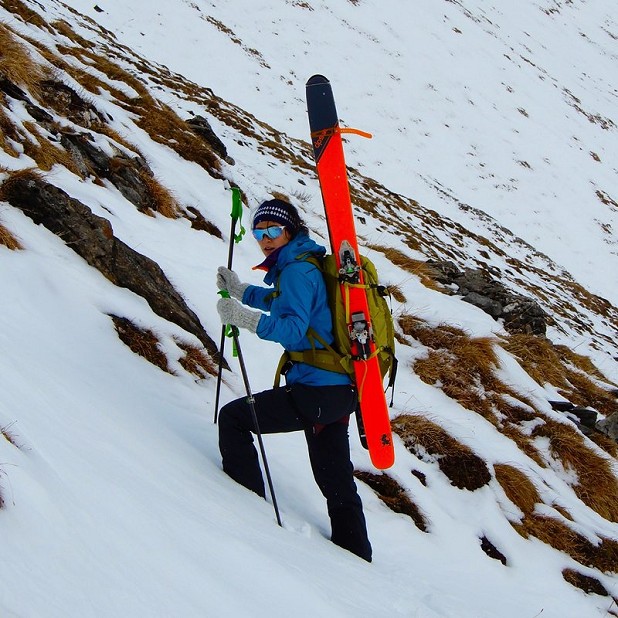
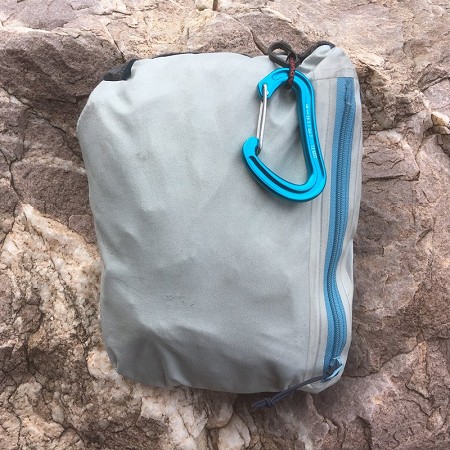
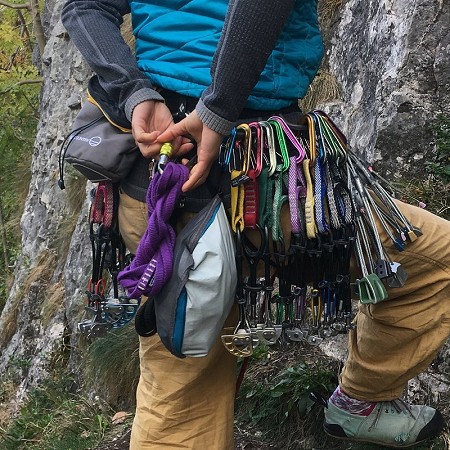

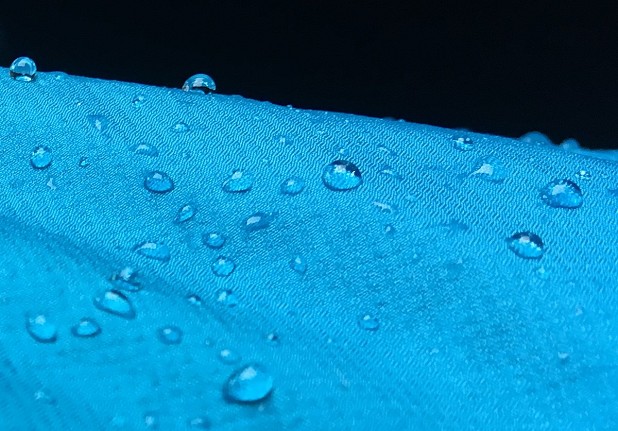

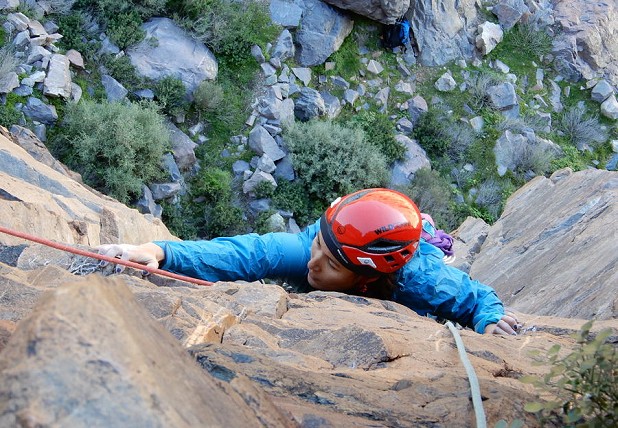
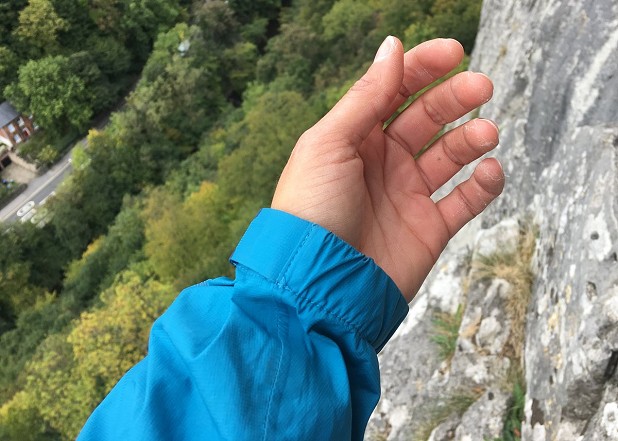
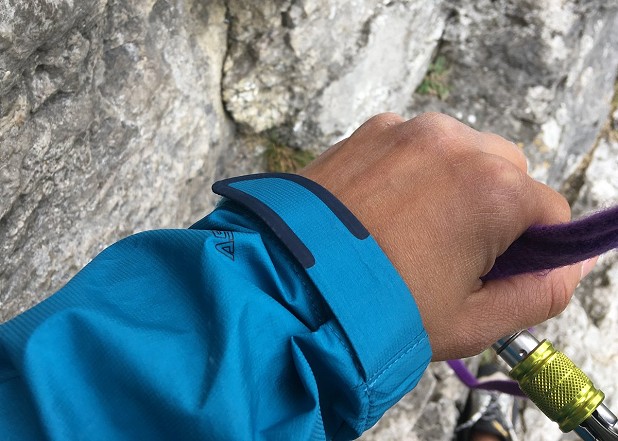
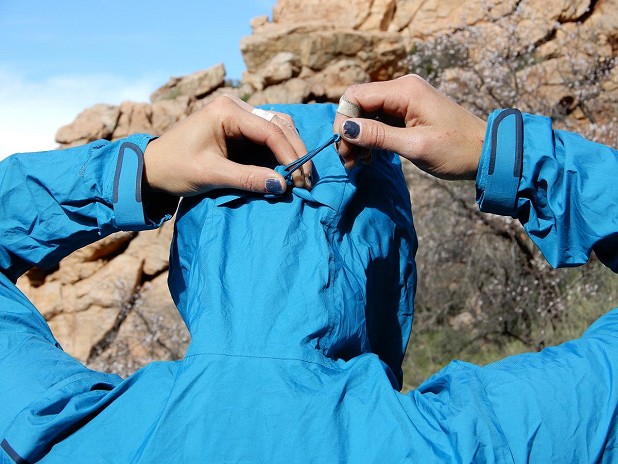
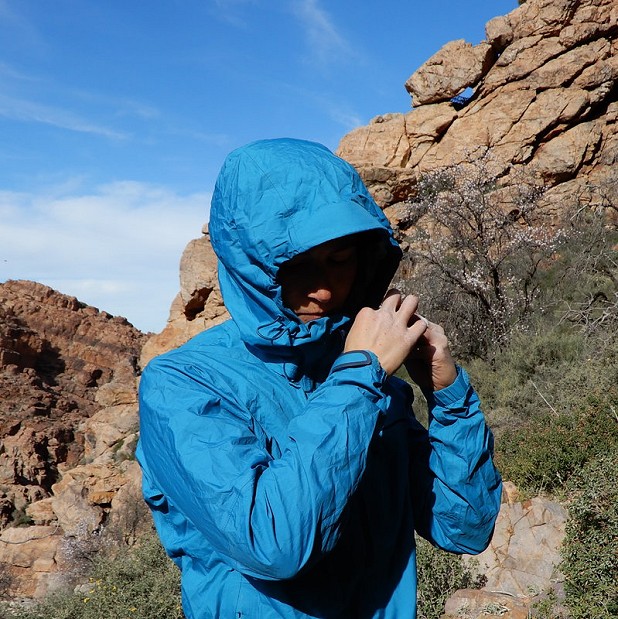
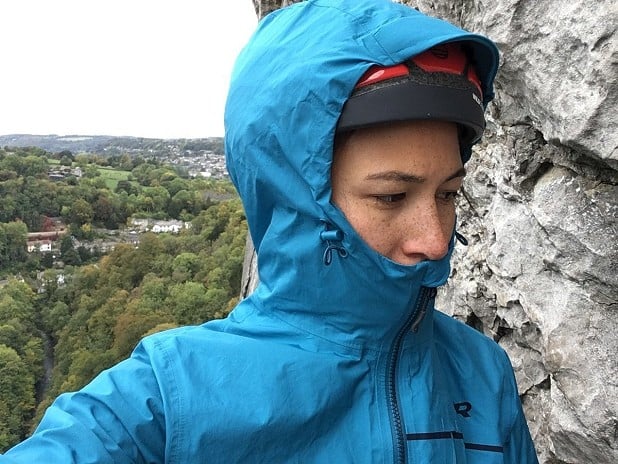

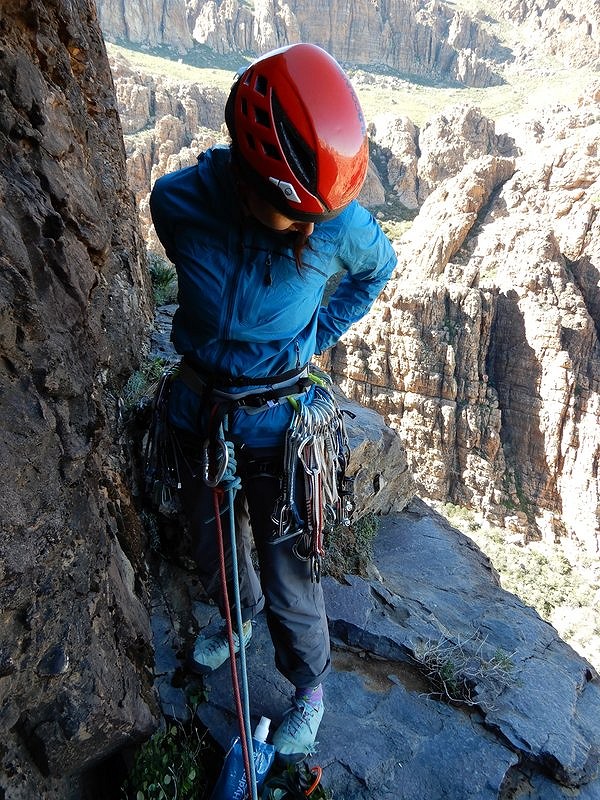
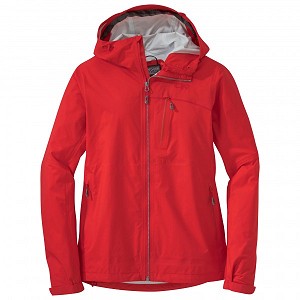







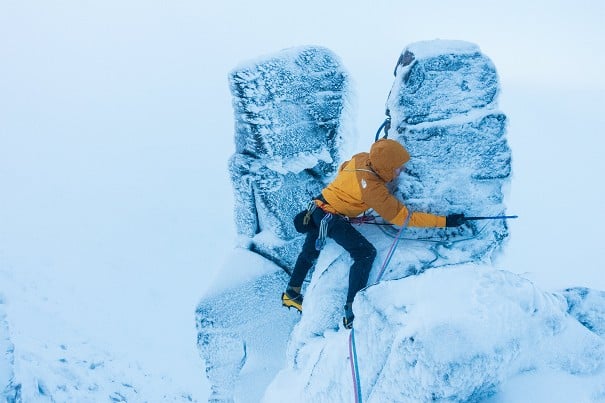
































Comments